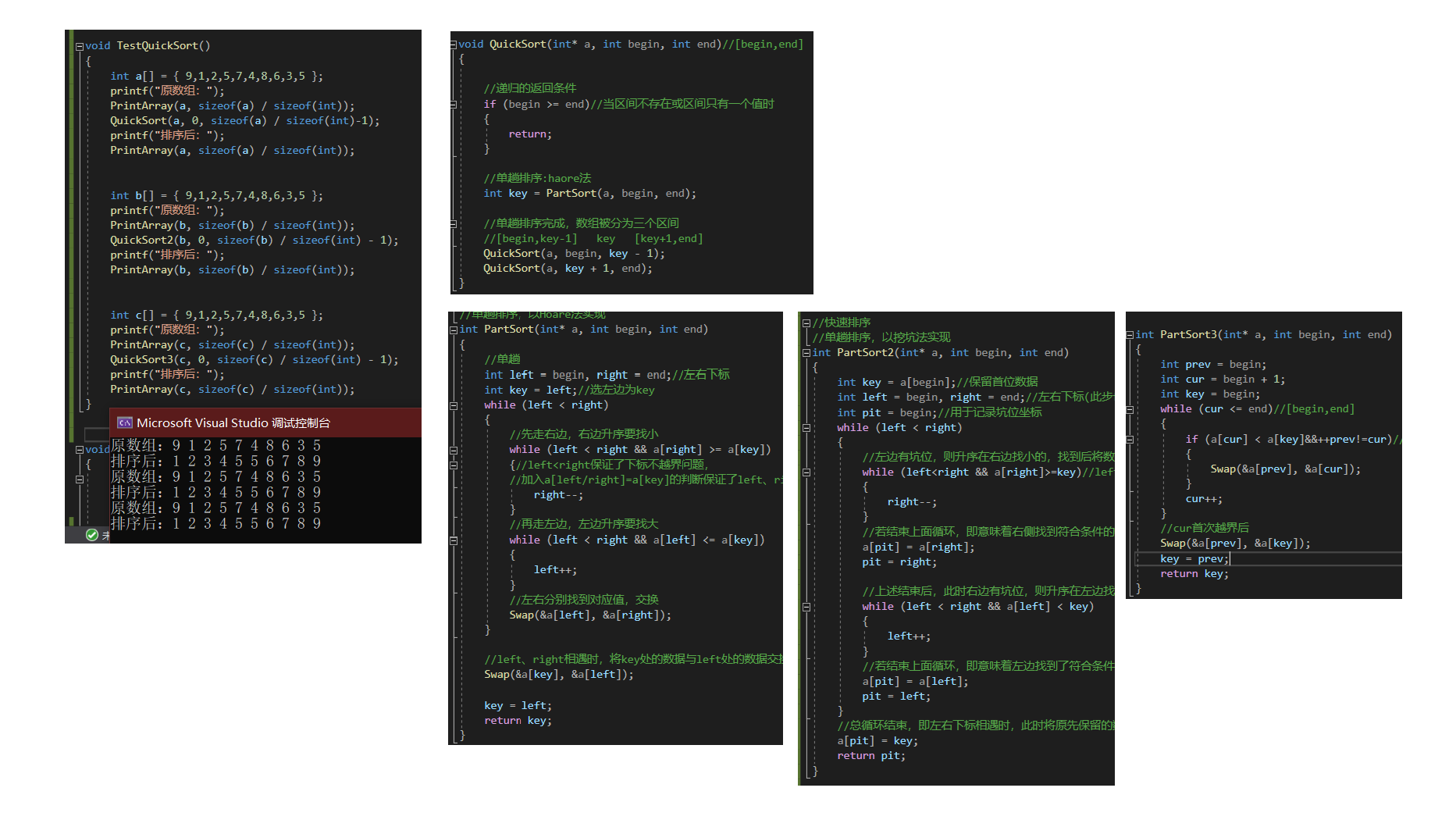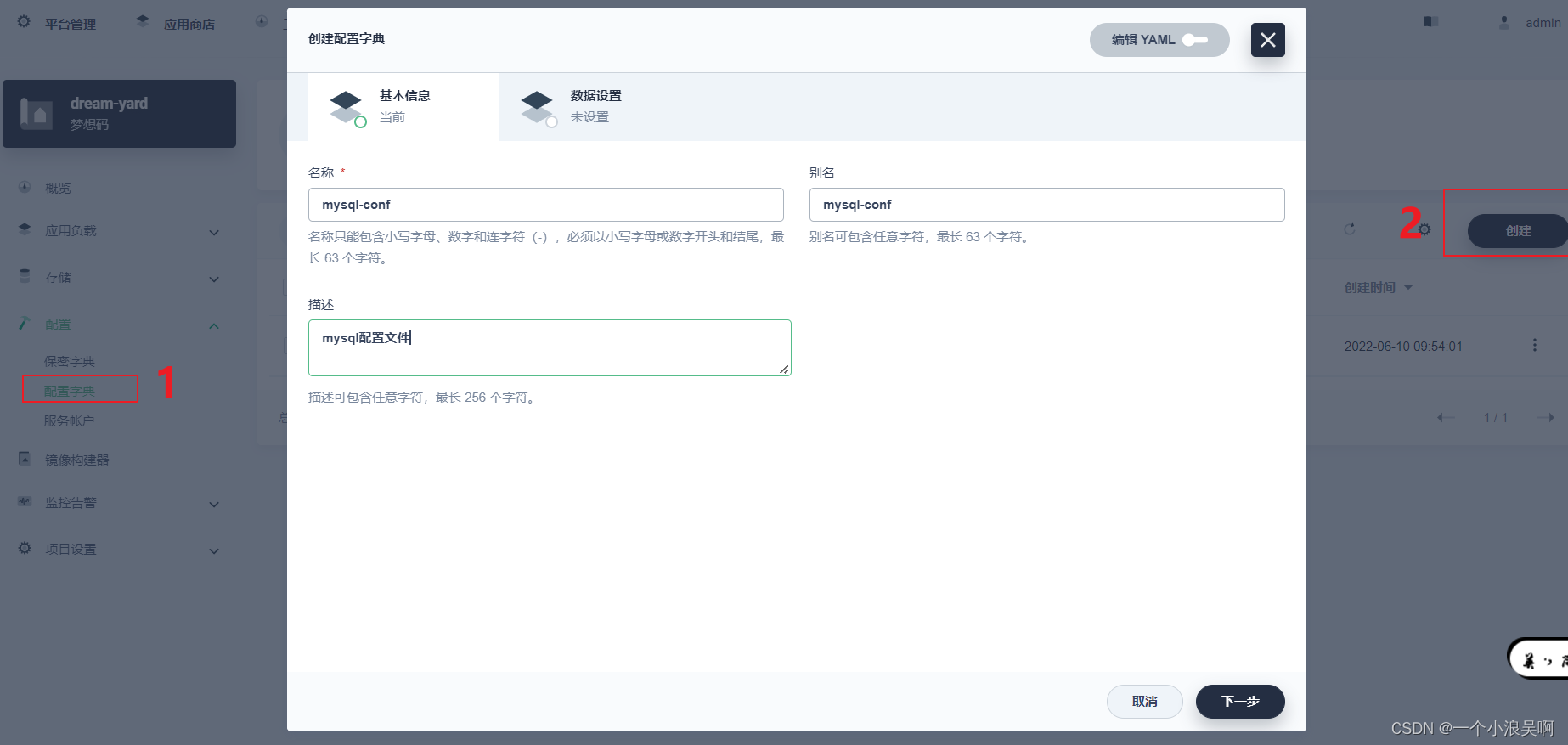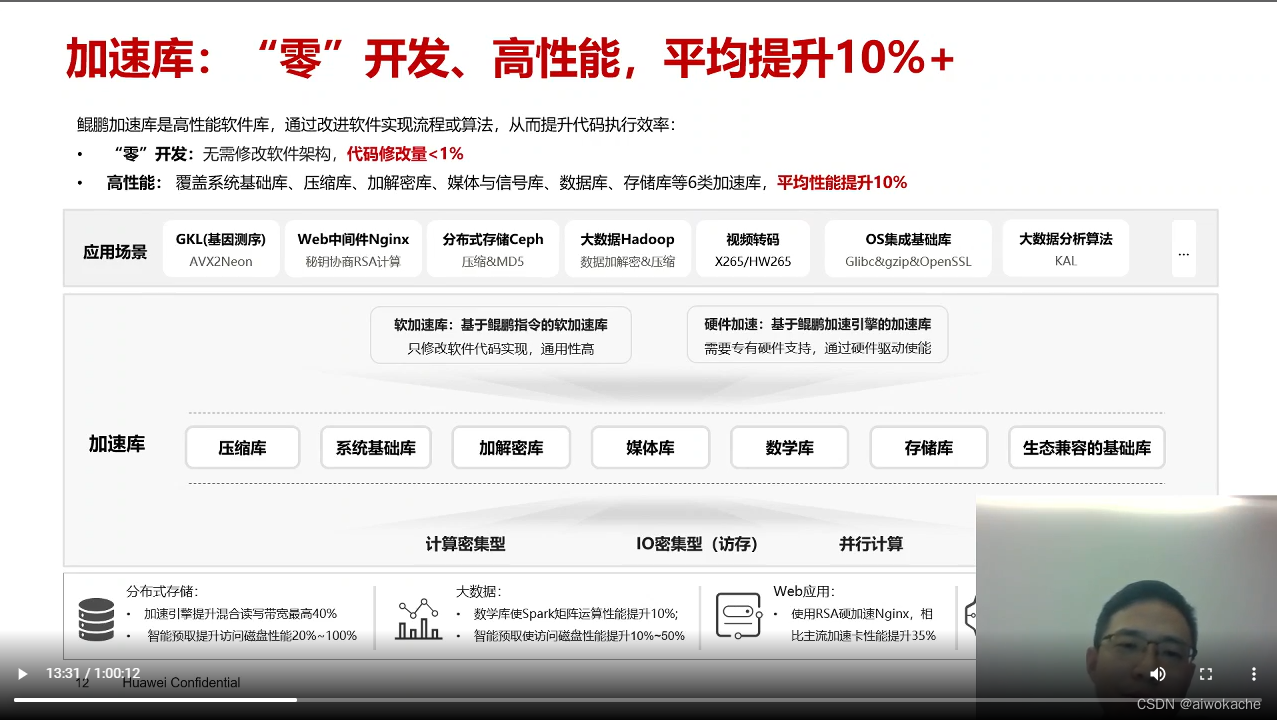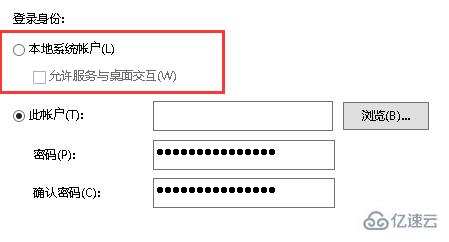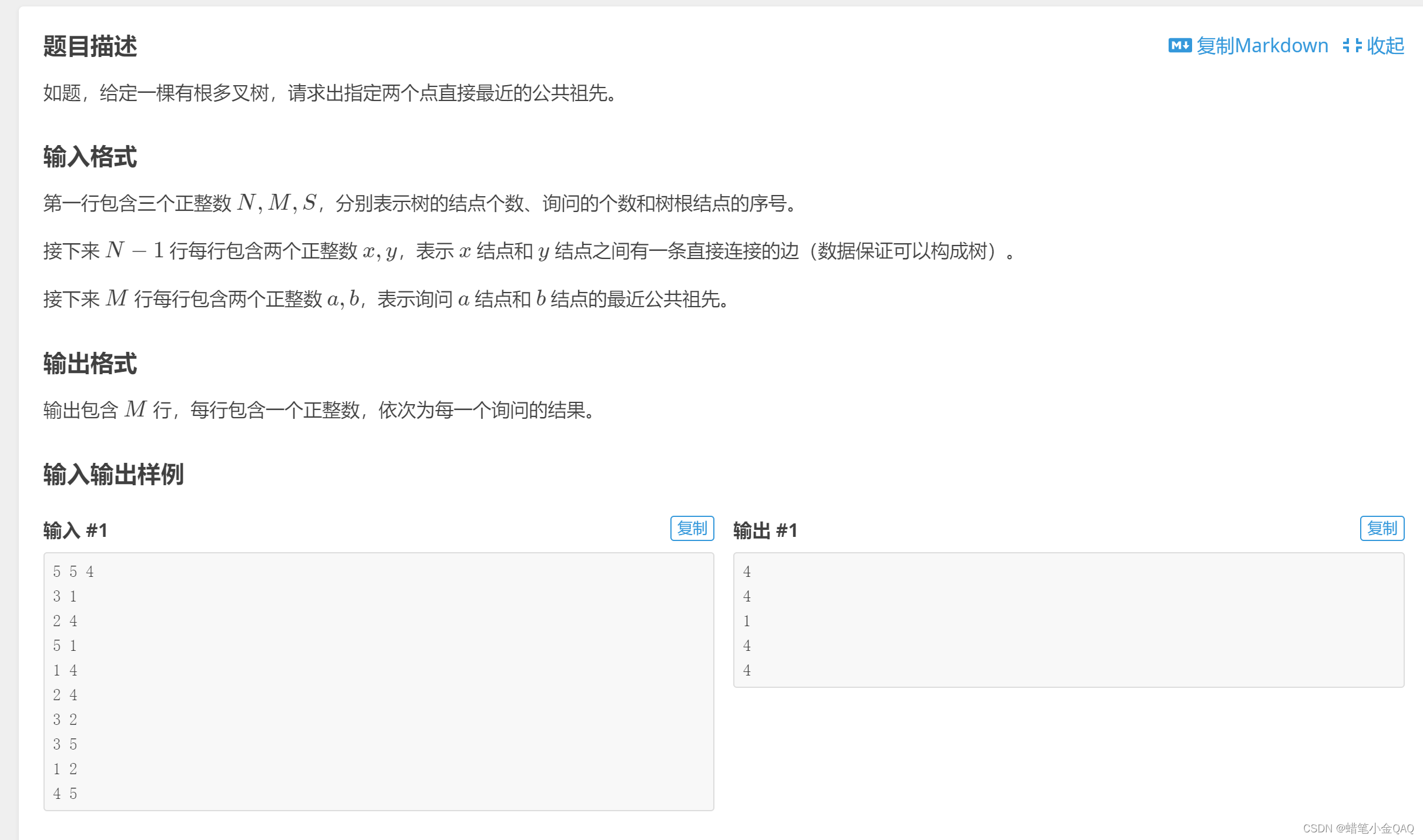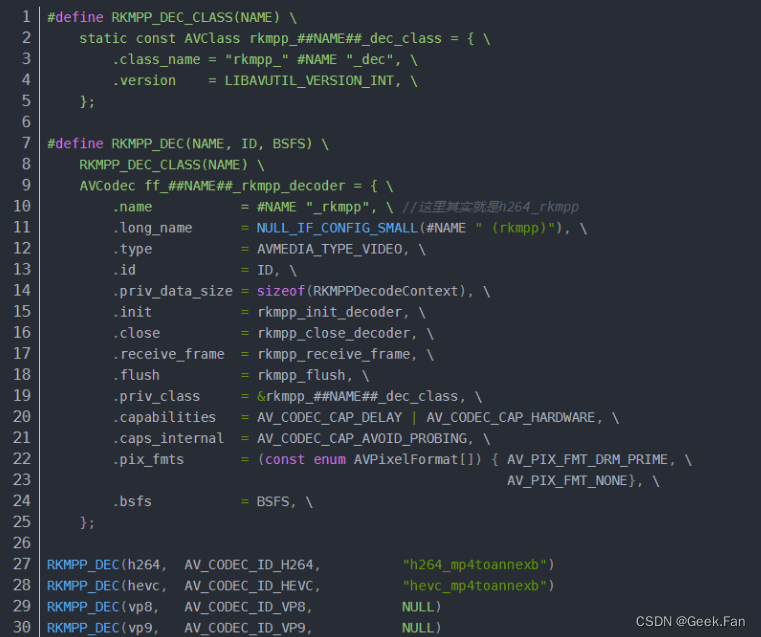当前位置:网站首页>Sentinel源码(一)SentinelResourceAspect
Sentinel源码(一)SentinelResourceAspect
2022-08-02 14:01:00 【Ethan_199402】
本文版本:1.8.0
SentinelResourceAspect
Sentinel是做什么的就不详细介绍了,有需要的请点击注解支持
接下来就从SentinelResourceAspect开始探索Sentinel
我们知道,只要在方法上加上SentinelResource,就可以配置一些限流熔断策略,那么就要看这个注解被用在源码的什么地方
@Aspect
public class SentinelResourceAspect extends AbstractSentinelAspectSupport {
@Pointcut("@annotation(com.alibaba.csp.sentinel.annotation.SentinelResource)")
public void sentinelResourceAnnotationPointcut() {
}
@Around("sentinelResourceAnnotationPointcut()")
public Object invokeResourceWithSentinel(ProceedingJoinPoint pjp) throws Throwable {
Method originMethod = resolveMethod(pjp);
SentinelResource annotation = originMethod.getAnnotation(SentinelResource.class);
if (annotation == null) {
// Should not go through here.
throw new IllegalStateException("Wrong state for SentinelResource annotation");
}
String resourceName = getResourceName(annotation.value(), originMethod);
EntryType entryType = annotation.entryType();
int resourceType = annotation.resourceType();
Entry entry = null;
try {
entry = SphU.entry(resourceName, resourceType, entryType, pjp.getArgs());
Object result = pjp.proceed();
return result;
} catch (BlockException ex) {
return handleBlockException(pjp, annotation, ex);
} catch (Throwable ex) {
Class<? extends Throwable>[] exceptionsToIgnore = annotation.exceptionsToIgnore();
// The ignore list will be checked first.
if (exceptionsToIgnore.length > 0 && exceptionBelongsTo(ex, exceptionsToIgnore)) {
throw ex;
}
if (exceptionBelongsTo(ex, annotation.exceptionsToTrace())) {
traceException(ex);
return handleFallback(pjp, annotation, ex);
}
// No fallback function can handle the exception, so throw it out.
throw ex;
} finally {
if (entry != null) {
entry.exit(1, pjp.getArgs());
}
}
}
}
可以看到,SentinelResourceAspect继承于AbstractSentinelAspectSupport,定义如下切面
@Pointcut("@annotation(com.alibaba.csp.sentinel.annotation.SentinelResource)")
public void sentinelResourceAnnotationPointcut() {
}
也就是所有使用到@SentinelResource的地方,可以看到环绕通知中使用entry = SphU.entry(resourceName, resourceType, entryType, pjp.getArgs());进行代码增强,紧接着就执行真正的代码逻辑Object result = pjp.proceed();,所以可以知道所有的奥秘都在SphU.entry()这个方法中,关于他的详细介绍我们放在下一篇文中章中
异常
接下来看发生异常时,这个aop做了什么
阻塞异常
由于触发流控制、断路或系统保护而被 Sentinel 阻塞
catch (BlockException ex) {
return handleBlockException(pjp, annotation, ex);
那么就看handleBlockException方法
protected Object handleBlockException(ProceedingJoinPoint pjp, SentinelResource annotation, BlockException ex)
throws Throwable {
// Execute block handler if configured.
Method blockHandlerMethod = extractBlockHandlerMethod(pjp, annotation.blockHandler(),
annotation.blockHandlerClass());
if (blockHandlerMethod != null) {
Object[] originArgs = pjp.getArgs();
// Construct args.
Object[] args = Arrays.copyOf(originArgs, originArgs.length + 1);
args[args.length - 1] = ex;
try {
if (isStatic(blockHandlerMethod)) {
return blockHandlerMethod.invoke(null, args);
}
return blockHandlerMethod.invoke(pjp.getTarget(), args);
} catch (InvocationTargetException e) {
// throw the actual exception
throw e.getTargetException();
}
}
// If no block handler is present, then go to fallback.
return handleFallback(pjp, annotation, ex);
}
首先提取blockhandler方法extractBlockHandlerMethod
private Method extractBlockHandlerMethod(ProceedingJoinPoint pjp, String name, Class<?>[] locationClass) {
if (StringUtil.isBlank(name)) {
return null;
}
boolean mustStatic = locationClass != null && locationClass.length >= 1;
Class<?> clazz;
if (mustStatic) {
clazz = locationClass[0];
} else {
// By default current class.
clazz = pjp.getTarget().getClass();
}
MethodWrapper m = ResourceMetadataRegistry.lookupBlockHandler(clazz, name);
if (m == null) {
// First time, resolve the block handler.
Method method = resolveBlockHandlerInternal(pjp, name, clazz, mustStatic);
// Cache the method instance.
ResourceMetadataRegistry.updateBlockHandlerFor(clazz, name, method);
return method;
}
if (!m.isPresent()) {
return null;
}
return m.getMethod();
}
可以看到,根据传进来的locationClass作为寻找blockhandler的基类,如果没有传,那就是当前类。
如果提供的类中没有对应的blockhandler方法,也会resolveBlockHandlerInternal方法找到
当获得了blockHandlerMethod,接下来就调用这个方法,如果没有获得blockHandlerMethod,则调用fallback
//当获得了blockHandlerMethod,接下来就调用这个方法
if (blockHandlerMethod != null) {
Object[] originArgs = pjp.getArgs();
// Construct args.
Object[] args = Arrays.copyOf(originArgs, originArgs.length + 1);
args[args.length - 1] = ex;
try {
if (isStatic(blockHandlerMethod)) {
return blockHandlerMethod.invoke(null, args);
}
return blockHandlerMethod.invoke(pjp.getTarget(), args);
} catch (InvocationTargetException e) {
// throw the actual exception
throw e.getTargetException();
}
}
//如果没有获得blockHandlerMethod,则调用fallback
// If no block handler is present, then go to fallback.
return handleFallback(pjp, annotation, ex);
其他异常
catch (Throwable ex) {
Class<? extends Throwable>[] exceptionsToIgnore = annotation.exceptionsToIgnore();
// The ignore list will be checked first.
if (exceptionsToIgnore.length > 0 && exceptionBelongsTo(ex, exceptionsToIgnore)) {
throw ex;
}
if (exceptionBelongsTo(ex, annotation.exceptionsToTrace())) {
traceException(ex);
return handleFallback(pjp, annotation, ex);
}
// No fallback function can handle the exception, so throw it out.
throw ex;
首先如果是SentinelResource注解上配置的需要忽略的异常,则直接抛出该异常
// The ignore list will be checked first.
if (exceptionsToIgnore.length > 0 && exceptionBelongsTo(ex, exceptionsToIgnore)) {
throw ex;
}
如果是SentinelResource注解配置的需要跟踪的异常(默认是Throwable),则调用Fallback方法
if (exceptionBelongsTo(ex, annotation.exceptionsToTrace())) {
traceException(ex);
return handleFallback(pjp, annotation, ex);
}
那么再看一下handleFallback方法
protected Object handleFallback(ProceedingJoinPoint pjp, String fallback, String defaultFallback,
Class<?>[] fallbackClass, Throwable ex) throws Throwable {
Object[] originArgs = pjp.getArgs();
// Execute fallback function if configured.
Method fallbackMethod = extractFallbackMethod(pjp, fallback, fallbackClass);
if (fallbackMethod != null) {
// Construct args.
int paramCount = fallbackMethod.getParameterTypes().length;
Object[] args;
if (paramCount == originArgs.length) {
args = originArgs;
} else {
args = Arrays.copyOf(originArgs, originArgs.length + 1);
args[args.length - 1] = ex;
}
try {
if (isStatic(fallbackMethod)) {
return fallbackMethod.invoke(null, args);
}
return fallbackMethod.invoke(pjp.getTarget(), args);
} catch (InvocationTargetException e) {
// throw the actual exception
throw e.getTargetException();
}
}
// If fallback is absent, we'll try the defaultFallback if provided.
return handleDefaultFallback(pjp, defaultFallback, fallbackClass, ex);
}
可以看到,类似于handleBlockException方法首先使用extractFallbackMethod获得fallback方法,根据传进来的locationClass作为寻找fallbackMethod的基类,如果没有传,那就是当前类。
如果提供的类中没有对应的fallback方法,也会resolveFallbackInternal方法找到
当获得了fallbackMethod,接下来就调用这个方法,如果没有获得fallbackMethod,则调用defaultFallback,同样的如果没有配置defaultFallback,则会直接抛出异常
protected Object handleDefaultFallback(ProceedingJoinPoint pjp, String defaultFallback,
Class<?>[] fallbackClass, Throwable ex) throws Throwable {
// Execute the default fallback function if configured.
Method fallbackMethod = extractDefaultFallbackMethod(pjp, defaultFallback, fallbackClass);
if (fallbackMethod != null) {
// Construct args.
Object[] args = fallbackMethod.getParameterTypes().length == 0 ? new Object[0] : new Object[] {
ex};
try {
if (isStatic(fallbackMethod)) {
return fallbackMethod.invoke(null, args);
}
return fallbackMethod.invoke(pjp.getTarget(), args);
} catch (InvocationTargetException e) {
// throw the actual exception
throw e.getTargetException();
}
}
// If no any fallback is present, then directly throw the exception.
throw ex;
}
总结
- SentinelResource注解可以配置两个Handler,一个是由于触发流控制、断路或系统保护而被 Sentinel 阻塞时,需要调用的blockHandler,一个是可配置的异常发生时(默认为Throwable)需要调用的fallback
- 当抛出BlockException时,调用handleBlockException方法寻找配置的blockHandler并调用
- 当抛出Throwable时,如果配置了exceptionsToIgnore,配置的异常列表会被直接抛出,无论是否配置在exceptionsToTrace列表中;如果该异常也没有配置在exceptionsToTrace中,也会抛出;如果配置在exceptionsToTrace中,则根据handleFallback方法找到配置的fallback并调用
- 如果blockHandler没有配置,会调用fallback,如果fallback没有配置,则调用defaultFallback,如果defaultFallback也没有配置则直接抛出异常
边栏推荐
猜你喜欢
随机推荐
基于深度学习的图像检索方法!
目标检测场景SSD-Mobilenetv1-FPN
不精确微分/不完全微分(Inexact differential/Imperfect differential)
电脑死机,Word忘了保存怎么办?怎么恢复?(编辑器是WPS)
Interview | with questions to learn, Apache DolphinScheduler Wang Fuzheng
uview 2.x版本 tabbar在uniapp小程序里头点击两次才能选中图标
Why does a four-byte float represent a wider range than an eight-byte long
Embedded system driver primary [2] - based on character device driver _ basic framework
web测试和app测试的区别?
拯救流浪猫 | 「喵先锋」系列数字版权盲盒明日开抢
You can't accept 60% slump, there is no eligible for gain of 6000% in 2021-05-27
泡利不相容原理适用的空间范围(系统)是多大?
leetcode 504. Base 7 七进制数 (简单)
How to connect DBeaver TDengine?
Interviewer: Can you talk about optimistic locking and pessimistic locking?
数值的整数次方
为什么四个字节的float表示的范围比八个字节的long要广
Large and comprehensive pom file example
网络安全第四次作业
智能指针-使用、避坑和实现

